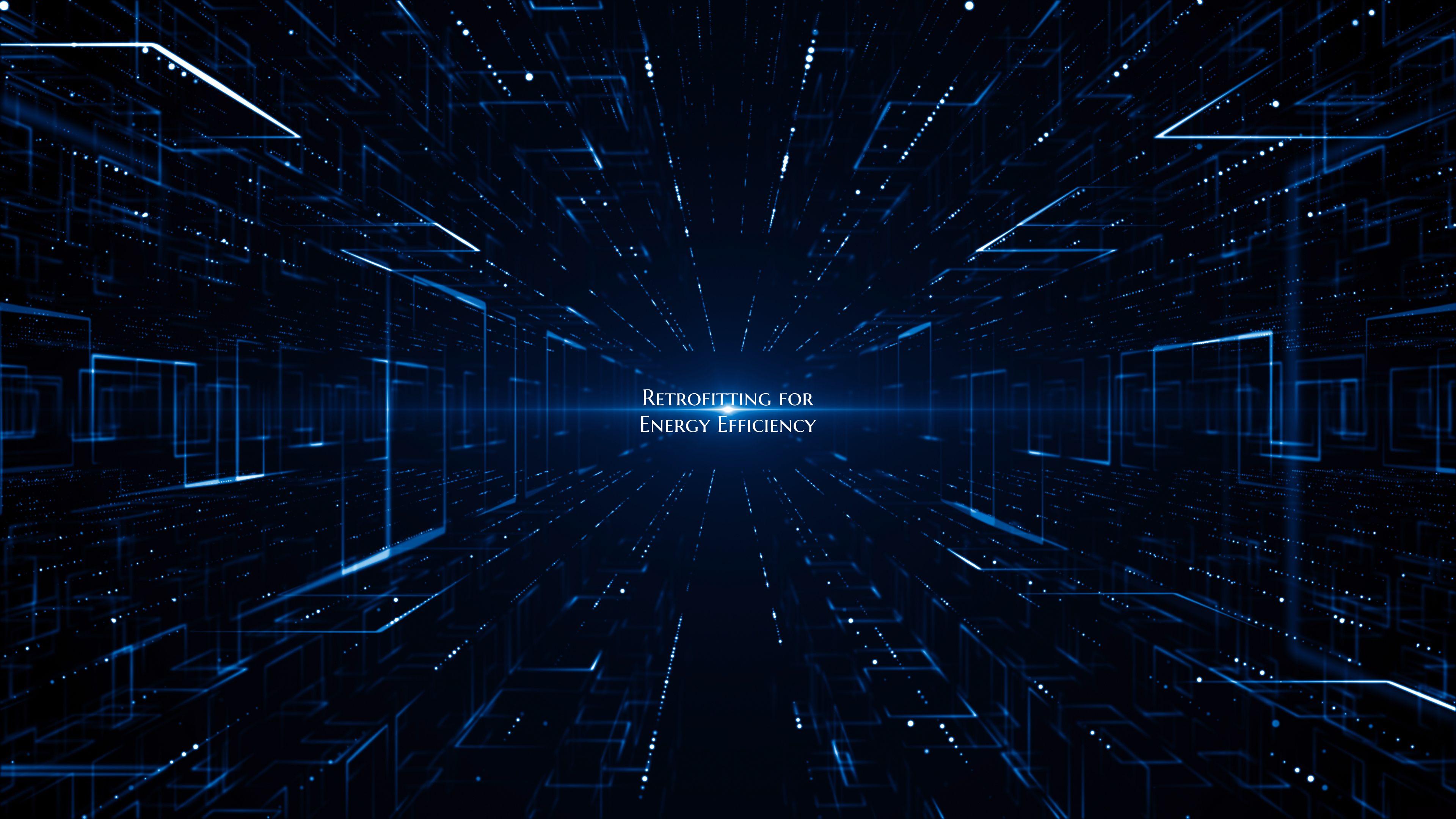Retrofitting for Energy Efficiency
In today's world, where the emphasis on sustainability and reducing environmental impact is growing, retrofitting for energy efficiency has become a crucial aspect of building and property management. Retrofitting involves updating and upgrading existing structures to improve their energy performance, reduce carbon footprint, and lower utility costs. By making strategic changes to the building's systems and components, property owners can enjoy long-term benefits that go beyond just reducing energy consumption.
One of the key aspects of retrofitting for energy efficiency is assessing the current energy usage of the building. This involves conducting energy audits to identify areas of improvement and determine where energy is being wasted. Common recommendations following an energy audit may include upgrading to energy-efficient lighting, improving insulation, replacing old HVAC systems with more efficient models, sealing air leaks, and installing smart technologies for better energy management.
By implementing these retrofit measures, property owners can significantly reduce energy consumption and operational costs. Energy-efficient buildings not only benefit the environment by reducing greenhouse gas emissions but also enhance occupant comfort and productivity. Improved insulation and better HVAC systems can lead to more consistent indoor temperatures, better air quality, and reduced noise levels, creating a healthier and more comfortable living or working environment.
Furthermore, retrofitting for energy efficiency can increase the overall value of the property. Energy-efficient buildings are in high demand among tenants and buyers who are increasingly looking for sustainable options. A green building certification, such as LEED or ENERGY STAR, can also add credibility to the property and attract environmentally conscious investors and occupants.
In conclusion, retrofitting for energy efficiency is a smart investment that pays off in the long run. By incorporating energy-saving measures into existing buildings, property owners can lower operating costs, reduce their environmental footprint, increase property value, and create healthier indoor environments. With the right strategies and technologies, retrofitting for energy efficiency can transform buildings into sustainable and future-proof assets.

